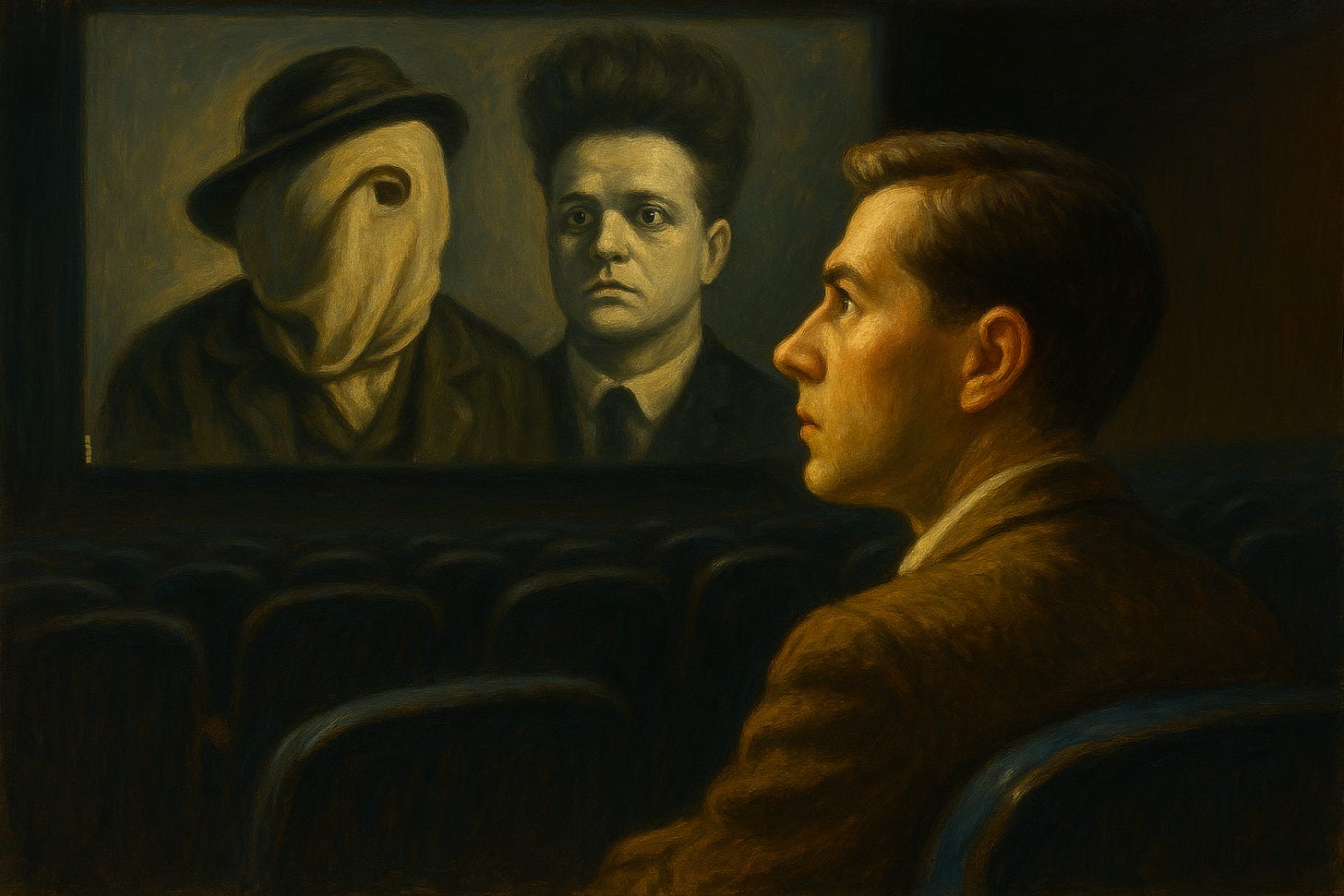The Sound of Anxiety: David Lynch, Bertolt Brecht, and Me
How David Lynch attracted a huge cult by making films that repulse his audience.
1. My Introduction to Mr. David Lynch
I first saw Mulholland Drive on a date. I was twenty-five years old, and had met her at a downtown performance art open mic. I’m not withholding her name out of any sense of decency; it was our second and last date. Our first had been over at her apartment to use a shirt painting kit I’d bought to support a special school for autistic children attended by a friend’s son.
The last time I ever saw her, she jumped out of a car on Allen Street to say hello before telling me she had moved to Jersey City with a woman and goodbye. The relationship didn’t even begin. The romance with David Lynch’s work is ongoing.
I hadn’t been a fan of David Lynch’s up to that point. I liked Twin Peaks when it was on, and my friends and I had rented Eraserhead when I was nineteen and video rental stores still existed. But other than that, I, having grown up in a world of action heroes and broad comedies, had found his reputation as serious director of art intimidating. An…
Keep reading with a 7-day free trial
Subscribe to Write, Liam! to keep reading this post and get 7 days of free access to the full post archives.


